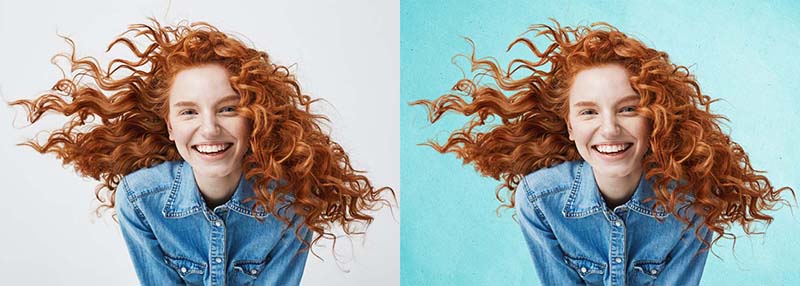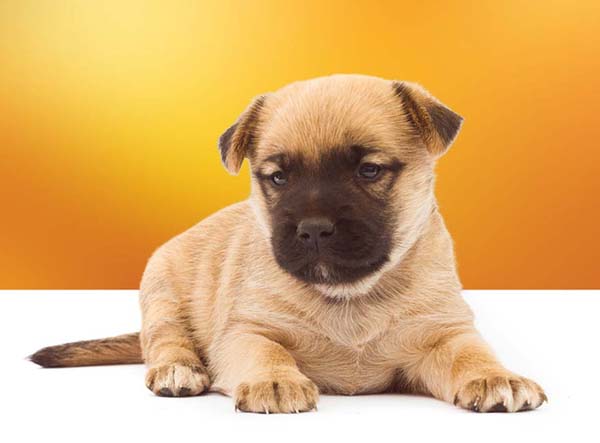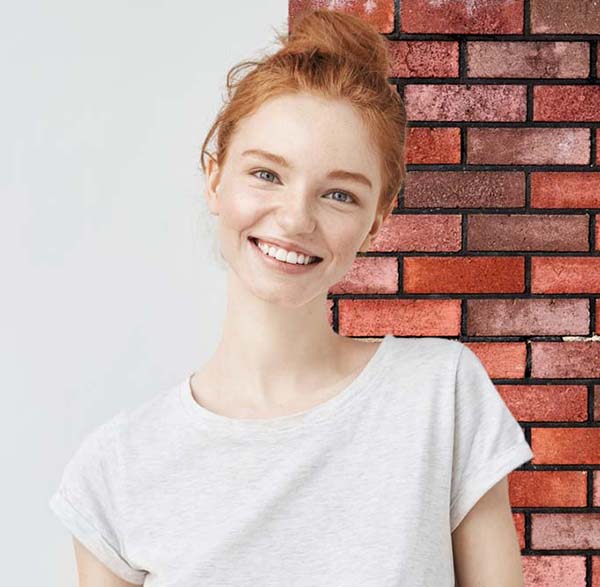is a background deletion process. The technique is applied at the smooth edge of the fuzzy or hairy pictures, model photo, furry animal, or doll pictures, fine textiles etc. In this sort of picture, the background can be removed only by applying the clipping method. In this scenario, photo masking services are required to perfectly complete the tasks.
A graphic designer typically uses the Adobe Photoshop, mouse, and its different tools including brush tool, pen, and layer mask added, refined edge, and so on. He does the process manually then he’ll do it with great care. But 100% masking is almost impossible in the context of furry pictures. This kind of picture needs more. The creators use the Pen tablet for this purpose. The input computer is the graphics tablet or Pen tablet. It acts as an assistant for Photoshop. The graphic specialists use it rather than the mouse throughout image manipulation. The flying fur of the mouse for the picture masking is really hard to figure out. However, the pen tablet can perform this task quickly and perfectly. In addition, the device allows a user to draw pictures, animations, and graphics manually. It has a pen-like design that allows pictures with a handle and a paper feel. Different details or handwritten notes are obtained by designers. They often use it to trace a photo from a document.

Though, In Photoshop it covers a layer mask (such as exposure mixing with light masks), escapes and burn, cloning and healing of all sorts, etc. Another perfect chance to use a pen is the significant use of adjusting brushes in Light room. Let us rapidly explore the drawbacks of alternative solutions, namely using the track pad or mouse, until we find out why a pen tablet is so perfect. In order to be clearer, let’s concentrate on painting a layer mask, provided that the challenges for dodging and cloning are basically the same.
Using a mouse prevents physical discomfort but has the same issues with precision. Most of your fingers press with a mouse. The cursor movement is because you tilt your elbow that is a pretty bad way to make good moves. If you used a pen and paper, it’d be something like clamping the fist around the pen and then moving your elbow and arm, trying to sign your signature. This would be a fairly horrific signature.

Comparison of the pen tablet with the conventional masking process
The designers use a pen tablet when masking the image as the hairy smooth edge of the image can be perfectly seen. It’s quicker and faster than a mouse. The designer’s hand could go on the screen with one move, but he continues slides with a conventional mouse. For tasks like artistic drawing and picture retouching, the pen tablet allows for more natural feedback. Two keys are similar to the right-click other than mouse commands on the pen-like style. Keeping a pen is ergonomically more compatible than a mouse. Most people suffer less discomfort when using a tablet with repetitive strain injury (RSIs). The mouse needs the rest of the hand to stay still, causing uneven muscle fatigue, and repeated muscle moves are required. Instead, you can work in a more comfortable location with a pen. The natural texture of the pen tablet remains intact. It is so useful for the masking of model photography. It is used more perfectly by designers to adjust the picture color, exposure, shine, contrast, etc., but it is not possible to perform the task by the mouse.

However, you need to be professional and expert to obtain flawless hair masking results whether you are using a pen tablet or not. In addition, for you’re masking related photos like model photographs you can use a professional image editing business. Clipping images service is one of the leading service providers it companies for masking based image editing that uses a pen tablet to mask hair.
